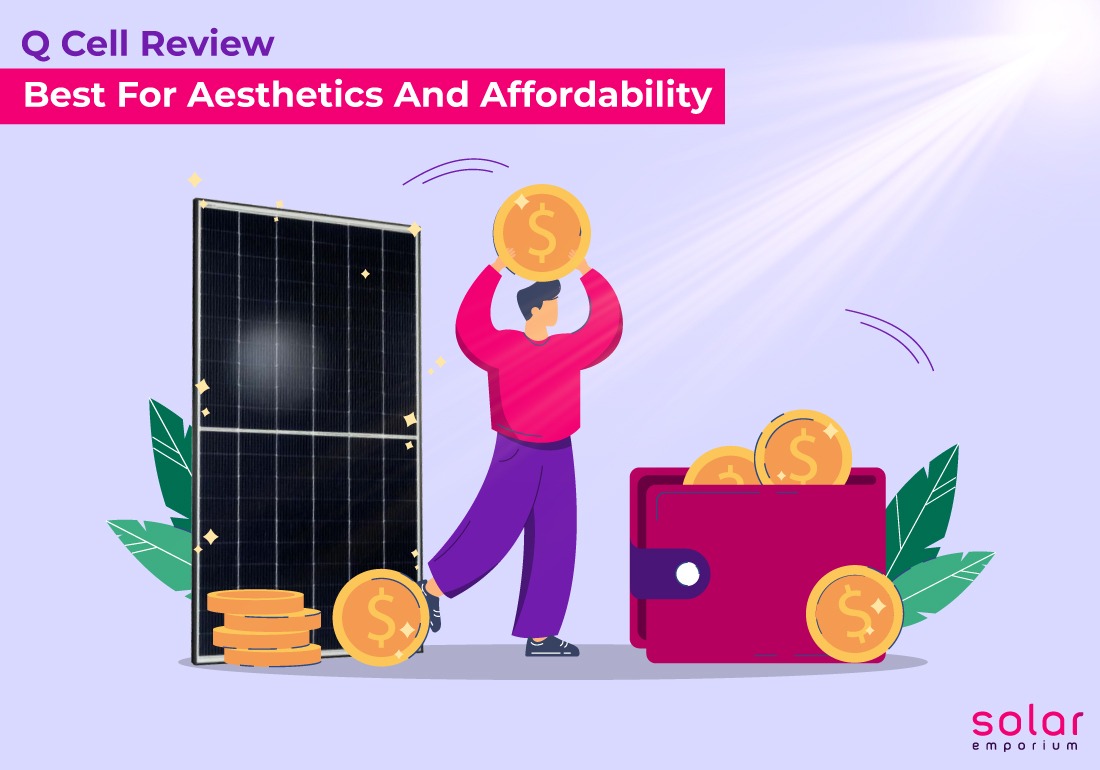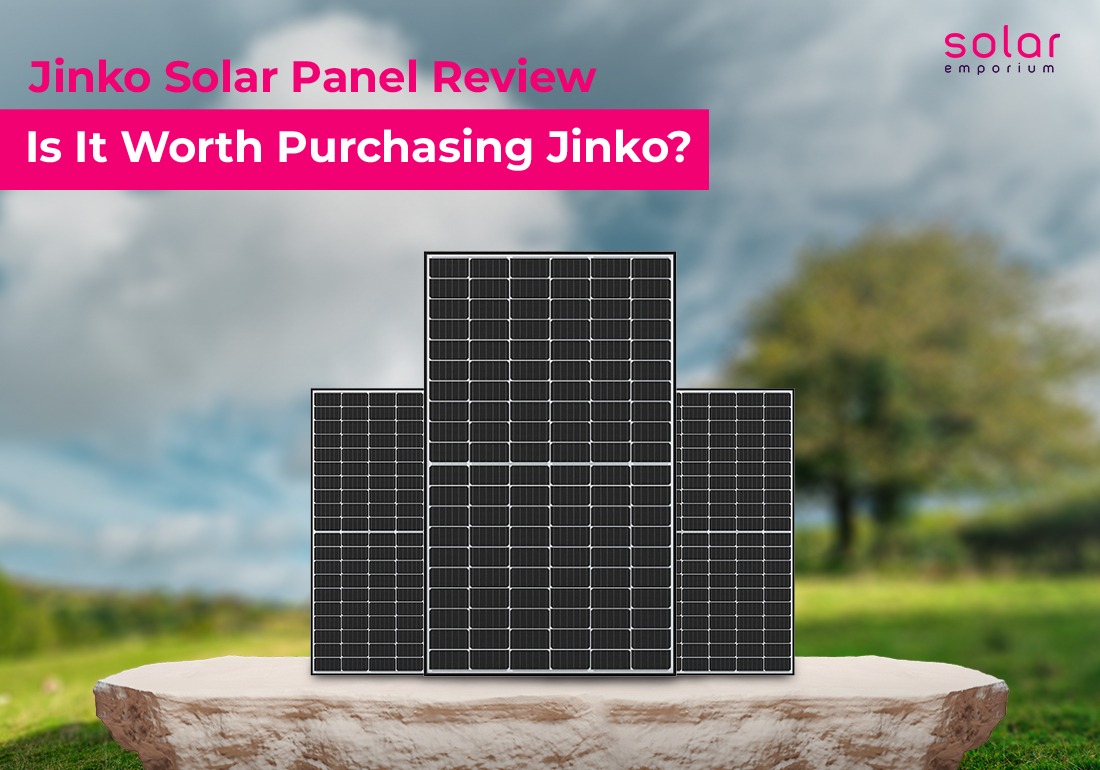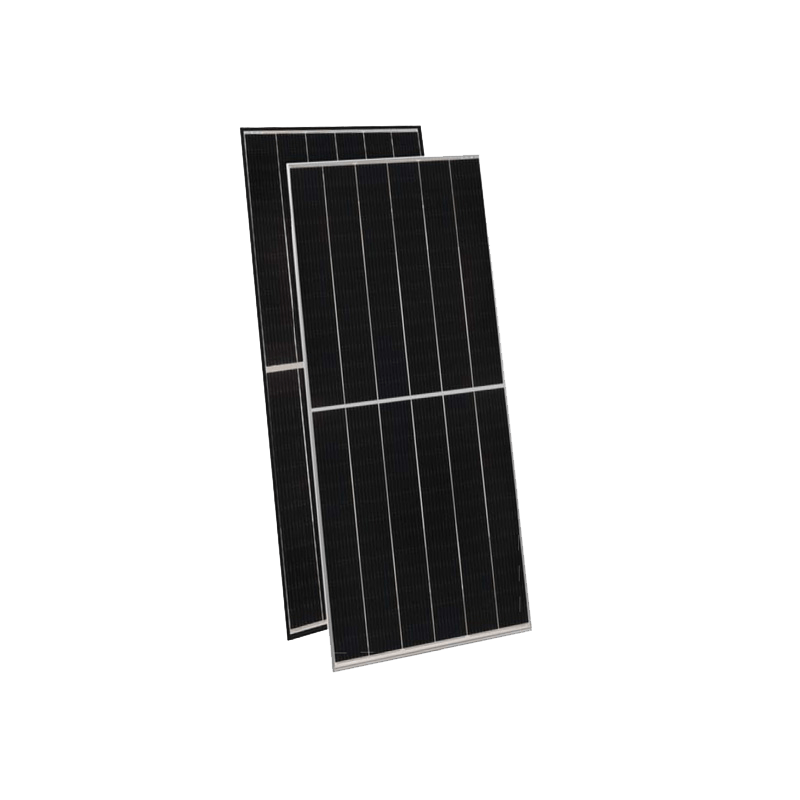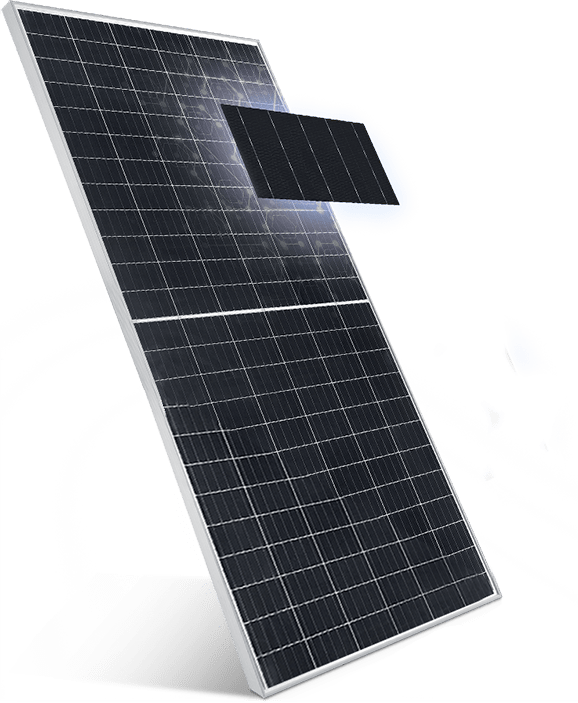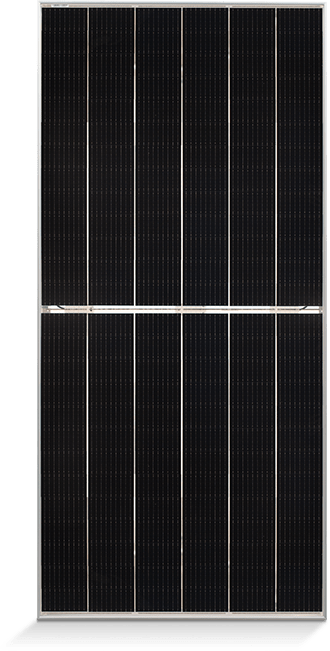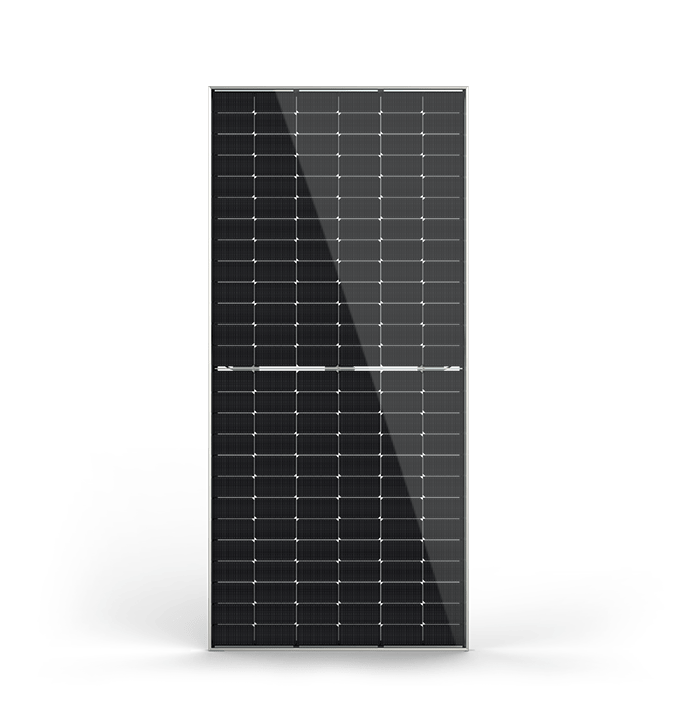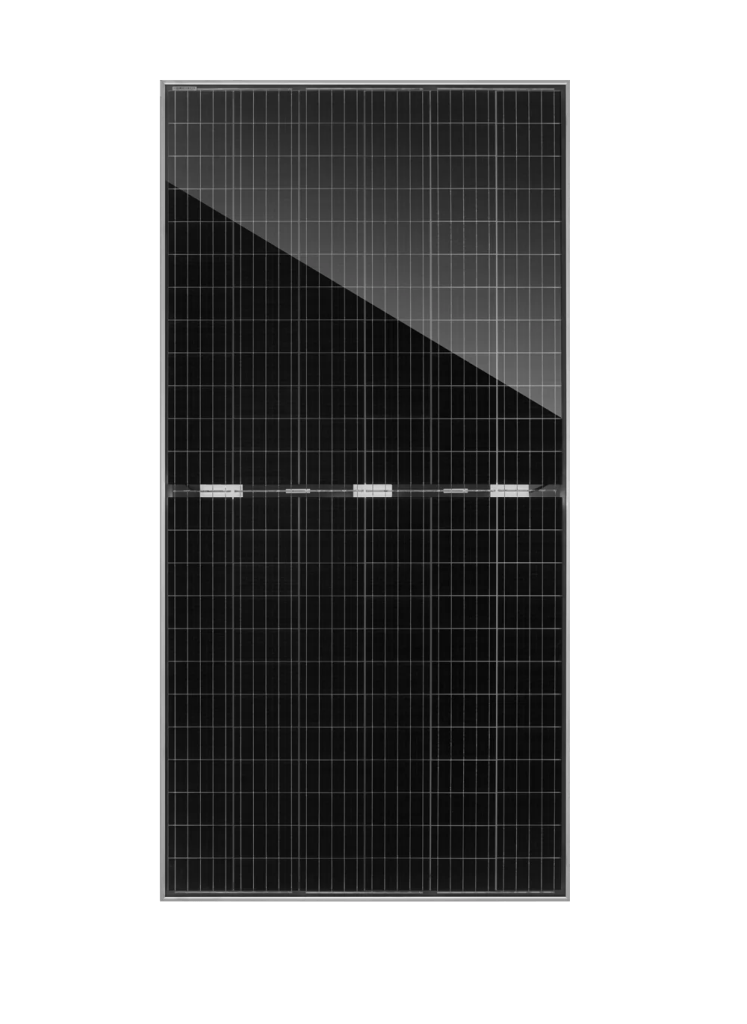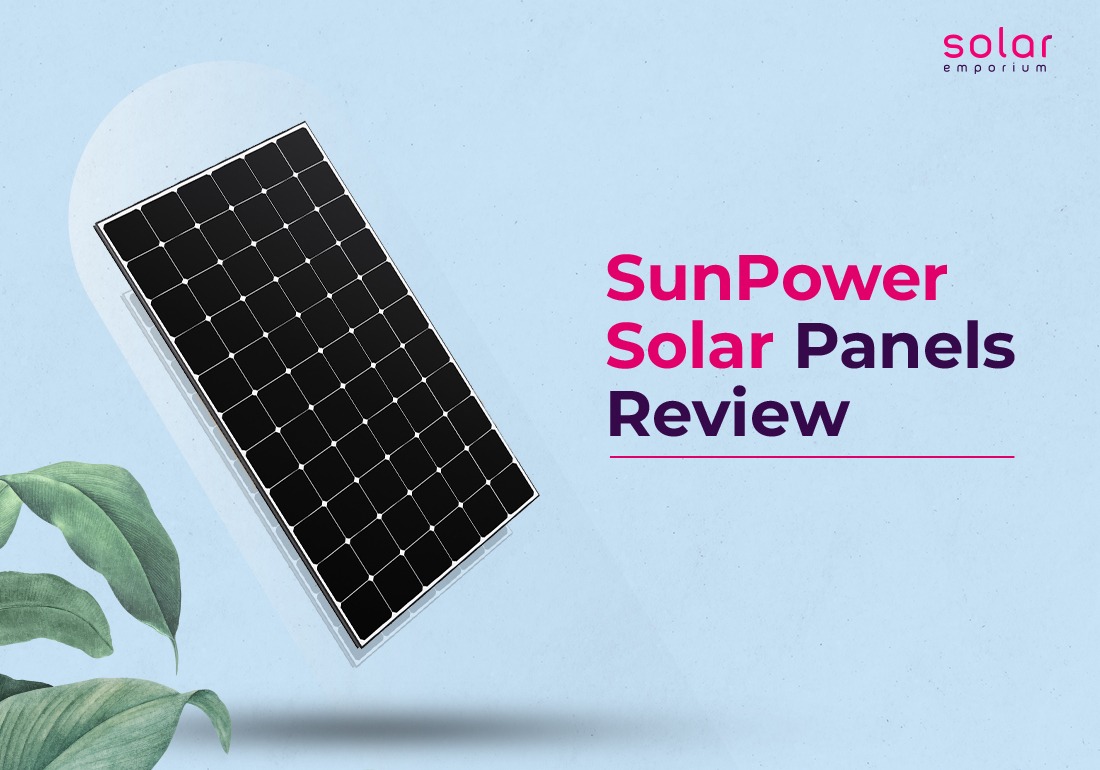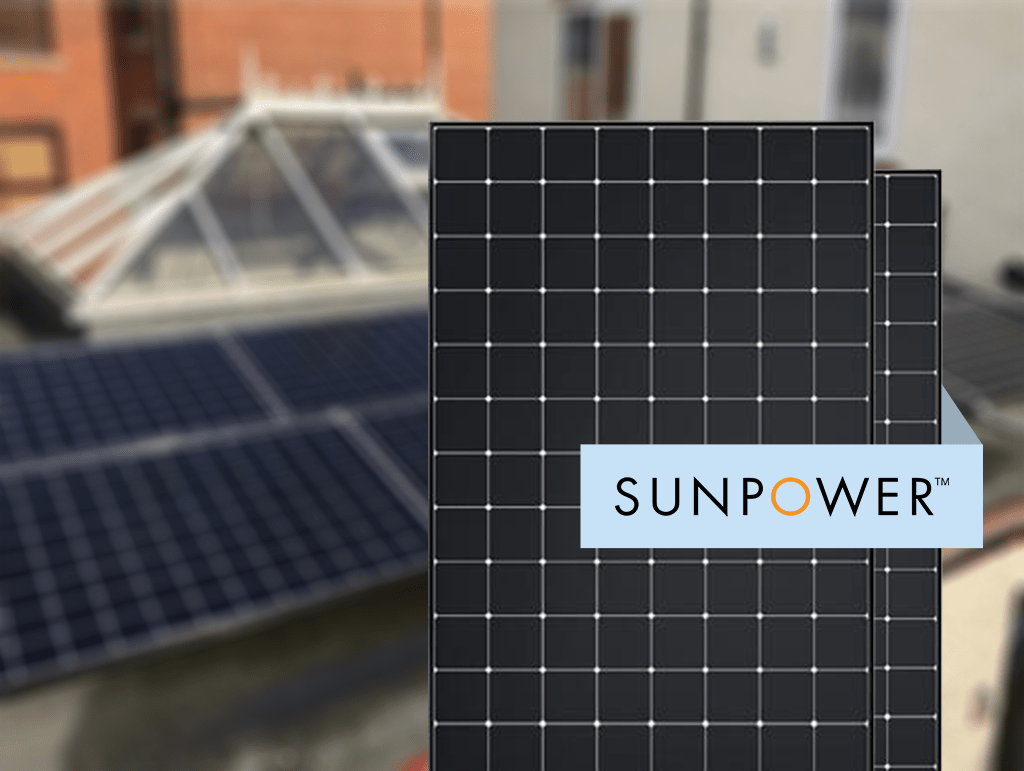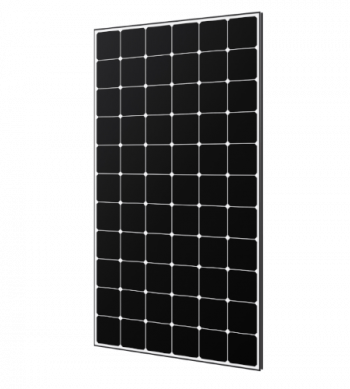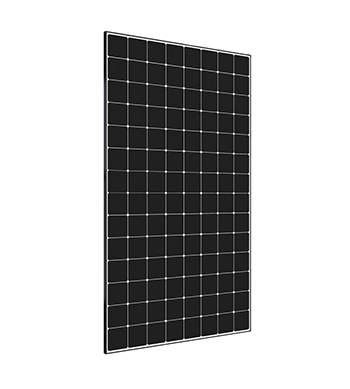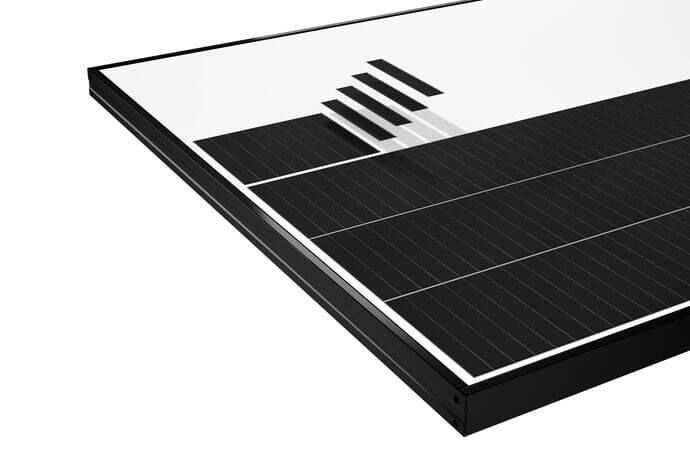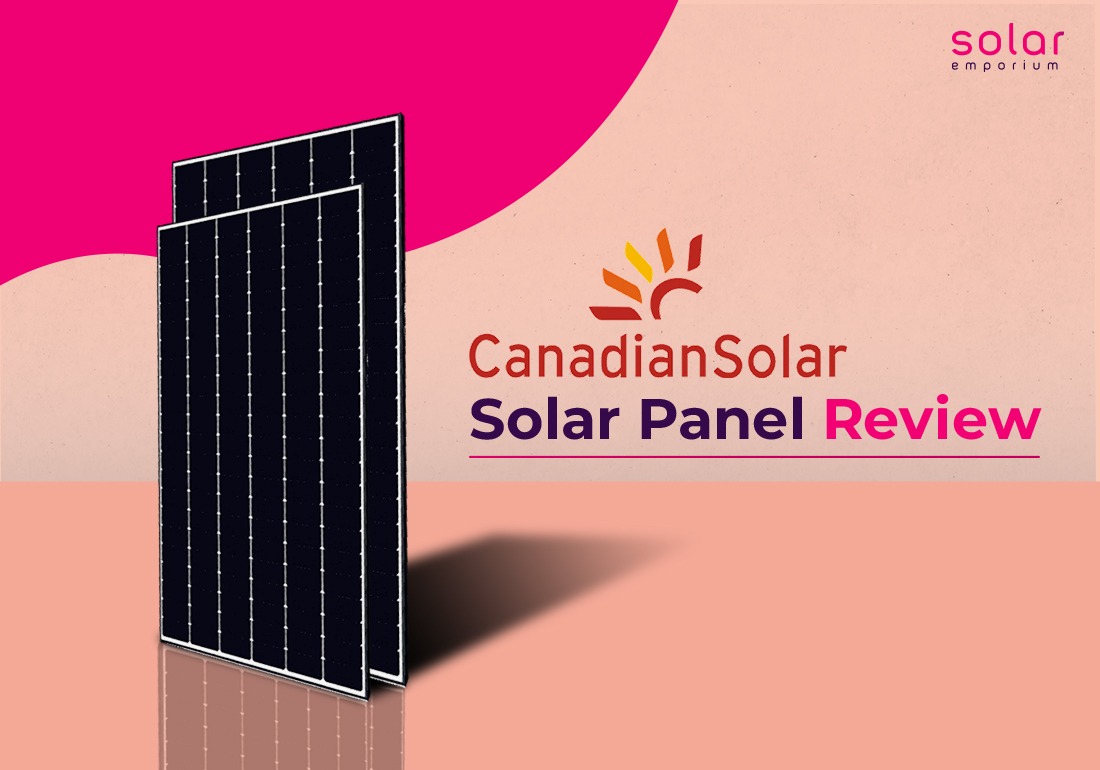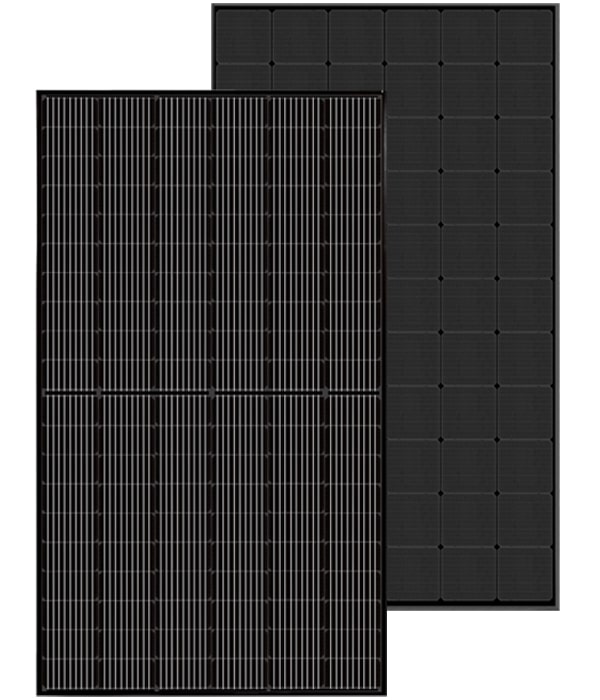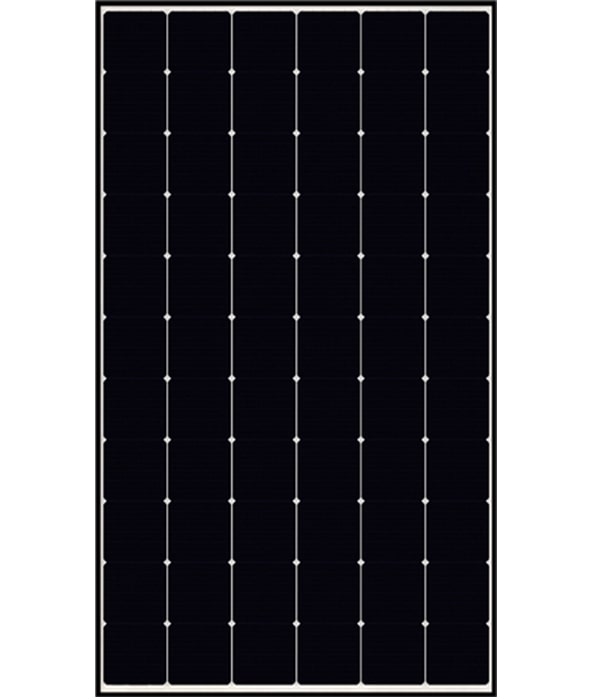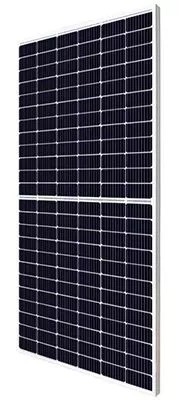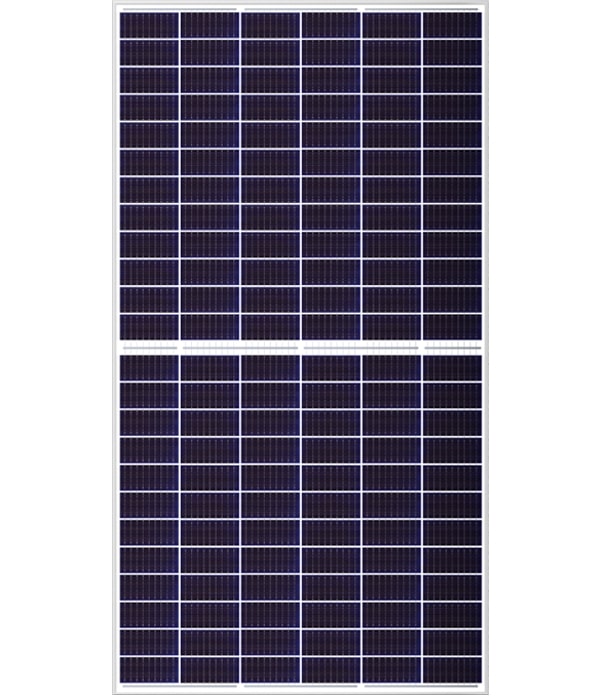Hanwha Q cells have been in the solar market for a long time. The company got their popularity because of their aesthetic panels on a budget. Solar consumers can get a premium and long-term service without losing their fortune. But the question still remains if the company is best for aesthetics and affordability. In this Q cell review, we will precisely look into these rubrics.
So let’s get into it right away!
Is It Q CELLS or Hanwha Q CELLS?
Q cells solar panels have been around for almost as long as the modern solar industry. Since its inception, the company has been sold and rebranded several times. And now the company has grown to become a leading manufacturer.
Founded in 1999 as Q cells AG in Thalheim, Germany, the company quickly became one of the world’s top solar module manufacturers. Unfortunately, the late-2000s global economic downturn and intense competition from Chinese solar companies took a toll on them. And the company declared bankruptcy in 2011. The Hanwha Group, which is a South Korean company, then purchased Q cells.
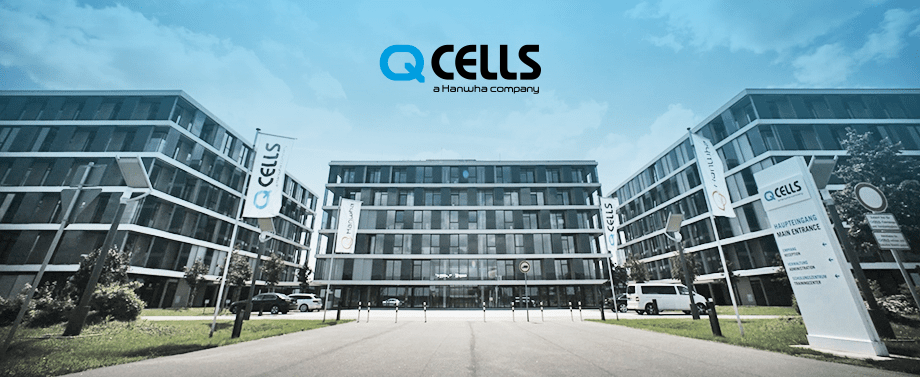
In the years since, Hanwha has resurrected the Q CELLS brand by bringing together its German engineering team and world-class manufacturing capabilities, becoming one of the world’s top ten solar module manufacturers. In 2018, Hanwha removed its name from the brand, leaving its products simply “Q cells.” In 2022, the brand name was further simplified to “Q cells.”
You could, however, get away with using any format of the brand name. Hanwha still owns the company. Q cells now have manufacturing facilities worldwide, including the most prominent facilities in Australia and USA.
Q Cells Solar Panels Quick Summary
- For residential, commercial, and industrial use, Q cells are among the top ten brands in the world, producing high-quality monocrystalline silicon solar panels.
- Q.ANTUM DUO Z technology is a novel method of constructing solar cells into panels that produce abundant electricity in the same space as less efficient panels.
- Q cells are among the best panels you can buy for your home, offering comparable performance, cost, and warranty to other Tier 1 solar panels.
Q Cell's Technology
Q cells have been a leading innovator in solar cell technology since its inception in 1999. It has grown its business by wiring those cells into the solar modules discussed below. They recently expanded their offerings. It includes Q.HOME solar batteries and hybrid solar inverters. But their main product remains solar modules.
The company has dabbled in various solar cell technologies, ranging from polycrystalline silicon to CIGS thin-film. Still, beginning in 2012, it focused on a technology known as PERC, which stands for “passivated emitter and rear contact.”
PERC solar cells have an extra layer of conductive material on the backside. It can be built into a solar panel with a reflective back sheet to capture a small amount of excess energy from photons. Otherwise, it would reflect in the sky.
Some technology used in Q Cells includes
Q.ANTUM DUO PERC Technology
Traditional PERC solar cells are vulnerable to two issues: light-induced degradation (LID) and potential-induced degradation (PID) (PID). Simply put, exposure to light and electricity can cause cells to degrade faster than they should. Qcells treats its PERC cells with a proprietary process that reduces these issues to almost none.
The duo in Q.ANTUM DUO refers to the most recent advances in Q cells modules. Each panel is wired in two parts with a cut in half in this technology.
Tron Solar Panels
Antum Duo Z Solar Panels
Panels Available in Australia
Q Boost Series
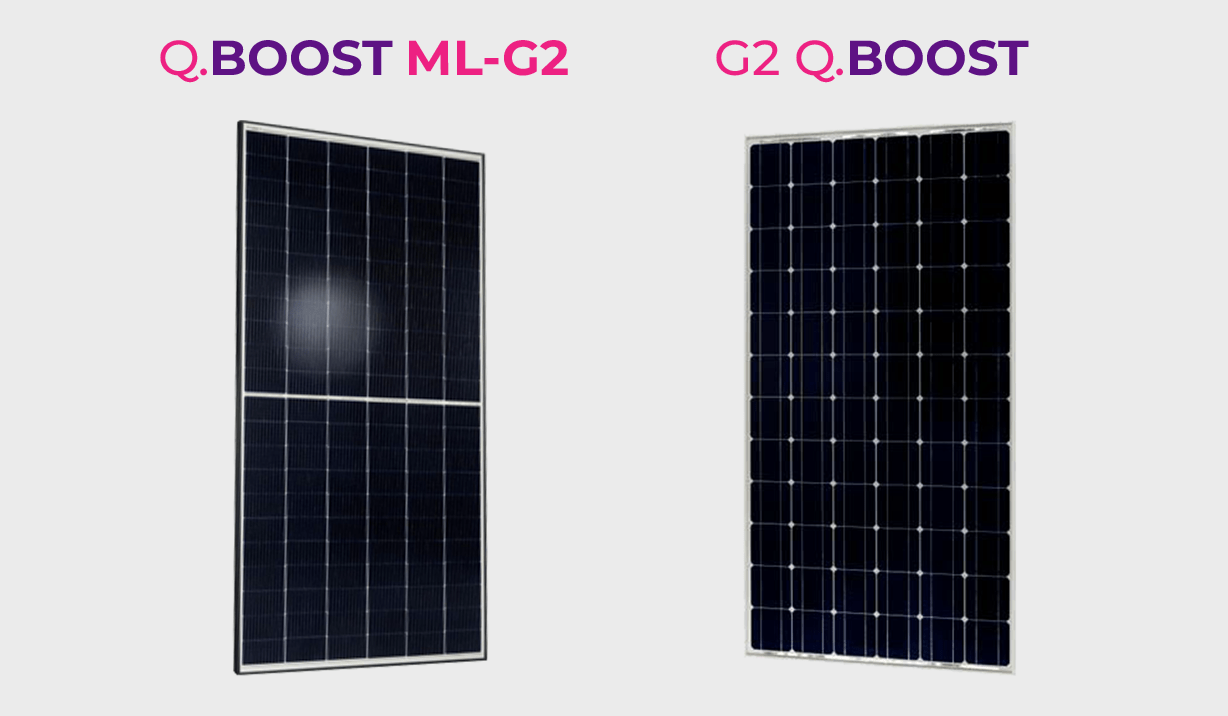
- 132 Half-cell Monocrystalline PERC Cells
- 375~395Wp Nominal Power
- 4000 / 5400 Pa Wind/Snow Load
- Module Efficiency up to 21.1%
- Temperature Coefficient -0.35
- Temperature Tolerance -40℃ up to 85℃
- 25-year product warranty
- 25-year linear power warranty
- Black anodized aluminum Frame
- Q.BOOST
- G2 Q.BOOST
- Q.BOOST ML-G2
Q Peak Series
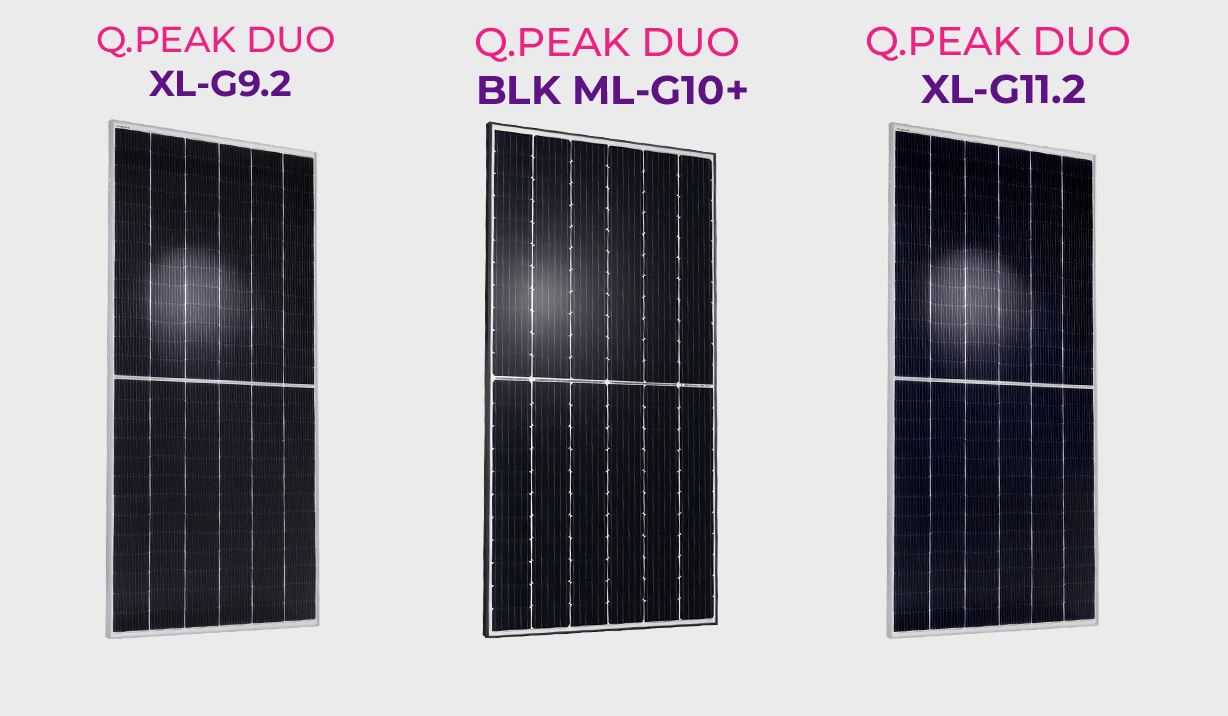
Features:
- Monocrystalline Q.ANTUM solar half cells
- Q. ANTUM DUO technology
- 25-year product warranty
- 25-year linear power warranty
- Up to 21.1% module efficiency
- Black anodized aluminium frame
- Ideal for commercial and residential installations
- High snow (5400Pa) and wind loads (4000Pa)
The Q.PEAK solar panel line includes the following products:
- Q.PEAK DUO ML-G10.a+
- Q.PEAK DUO ML-G10+
- Q.PEAK DUO BLK ML-G10+
- Q.PEAK DUO XL-G9.2
- Q.PEAK DUO XL-G10.2
- Q.PEAK DUO XL-G11.2
- Q.PEAK DUO XL-G11.3
The efficiency of Q Cells
The efficiency of Q cells’ current solar panel lineup ranges from 20.9% to 21.6%, which is higher than the industry standard of 15% to 20%. As a result, Q cells solar panels are among the most energy-efficient on the Australian market.
But what do these numbers mean anything to you as a customer? To put things in context, most solar panel manufacturers offer panels with efficiency ratings ranging from 15% to 20%.
Q cells’ solar panels start at 20% efficiency for the Q.PEAK DUO-G5, and the Q.PEAK DUO XL-G9 offers 20.9% efficiency, putting Q cells in the same league as solar industry leaders LG and SunPower.
| Product name | Q Cells Q. PEAK Series | LG NeON R series | SunPower Maxeon 5 AC |
|---|---|---|---|
| Cell Number | 60 cells | 60 solar cells | 66 solar cells |
| Cell Type | Monocrystalline Q.ANTUM half cells | Monocrystalline/ N-type | Monocrystalline Maxeon Generation 5 |
| Power Output | 390W | 380W | 415W |
| Solar Panel Efficiency | 20.80% | 22.00% | 22.20% |
| Company average turnover (USD) | $2.42 billion | $47.91 billion | $2.7 billion |
| Annual Power Degradation | 0.54% | 0.30% | 0.25% |
| Number of busbars | 12 | 12 | N/A |
| Approximate cost per watt (AUD retail incl GST) | $1.00 | $1.25 | $1.80 |
| Approximate cost per module (AUD retail incl GST) | $375 | $468 | $750 |
| Dimensions | 1840 x 1030 x 32mm | 1,700mm x 1,016mm x 40 mm | Not Mentioned |
| Weight | 19.5kg | 17.5kg | 21.1kg |
| Product Warranty | 25 years | 25 years | 25 years |
| Performance Warranty | 25 years | 25 years | 25 years |
| Operational Temperature Range | -40℃ –85℃ | 44 ± 3℃ | ?40℃ to +60℃ |
| Made in | South Korea | South Korea | Malaysia/Philippines/Mexico |
| Datasheet supplied? | Yes | Yes | Yes |
The temperature coefficient and temperature tolerance factors also influence solar panel efficiency ratings.
Temperature Coefficient – The percentage of power output lost by a panel due to a temperature increase greater than 25 degrees Celsius. This diagram depicts how heat affects solar module power and how much energy is lost when the ambient temperature exceeds normal operating levels. Q CELLS solar panels typically have a temperature coefficient of -0.39 to -0.34, outperforming most competitors.
Temperature Tolerance – The expected average operating temperature is shown as a temperature range. The modules can operate indefinitely if the temperature does not exceed this range. And with temperature tolerance, high performance is also expected.
All in all, it is a high-efficiency solar company.
Warranties Provided by Hanwha Group for Solar Products
Q cell warranty services are among the best in the world. They have different warranty policies for each product.
Most high-quality solar panels of Q cells are covered under a 12-year product warranty and a 25-year linear performance warranty. This linear performance warranty guarantees a minimum power output of 97% in the first year. In addition, it also ensures 83% power output in the 25th year, with a reduction rate of 0.6% every year.
But What About the Cost?
Q CELLS solar panels will cost an average of $1.05 to $1.12 per watt for overall-sized systems in 2022 or $0.89 to $1.07 per watt for a 10kW system. After federal and state rebates, these are the out-of-pocket costs for fully installed solar PV systems with inverters.
These prices include complete installation, a solar inverter, and state and federal government solar rebates. To get premium installation service along with experienced solar installers, get in touch with us immediately!
| Size | Average Price Per Watt | Average Price� |
|---|---|---|
| All Systems | $1.02 to $1.12 | $6,950 to $8,505 |
| 10KW | $0.86 to $1.1 | $8,646 to $11,013 |
Solar Emporium’s most recent solar panel packages and quotes provide up-to-date statistics on the cost of Q CELLS solar panels in Australia.
So are the Panels Aesthetical and Affordable?
According to many independent solar reviewers, Q cells’ panels are the most aesthetical looking among all the panels in the market. Their panels are premium-looking on an affordable budget. Q cell would be the right choice for people who prefer to make their houses more aesthetic with solar panels.
Panels that are available in the Australian market are incredible value for money. No wonder they are the second-largest solar industry in Australia. The company holds more than 10% of the entire market share.
If you are still confused about purchasing Q cells, head to Solar Emporium and get a FREE QUOTE!
For regular updates about energy solutions and more solar panel reviews, keep an on our website.
